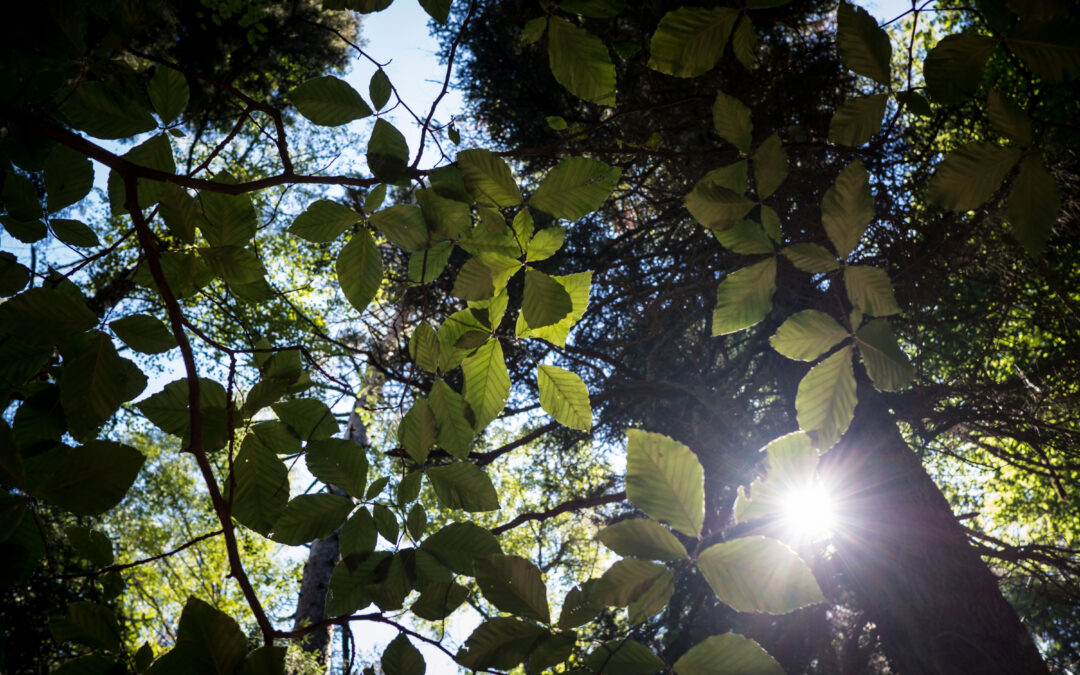Racial equity has been a more explicit consideration for foundations, as CEP documented in a report released last month, but our data suggests that some communities continue to be overlooked. Across four research studies that CEP has conducted in the past two years, we’ve noticed two concerning trends emerge for AAPI and Native American nonprofit leaders and communities (trends that we do not see for nonprofit leaders and communities of other races/ethnicities):
- AAPI and Native American nonprofit leaders report having less positive experiences with their foundation funders than nonprofit leaders of other races/ethnicities. This has been the case during, as well as prior to, the pandemic.
- Despite the significant challenges facing AAPI and Native American people, most foundations continue to overlook nonprofits that serve these communities.
When we interviewed AAPI and Native American nonprofit leaders about these findings, they reflected on foundations’ lack of understanding about their organizations and communities, including their histories and the present day challenges they face. Both AAPI and Native American nonprofit leaders urged foundations to understand the broad diversity present in their communities. As one AAPI nonprofit leader put it, “the Asian American community is so diverse, in language and in the history of how we came to the United States. That history looks very different for Chinese Americans versus Vietnamese Americans versus Nepalese Americans. There are different needs in all of these communities. It’s definitely not a one size fits all.”
These leaders also described misconceptions and harmful stereotypes about their communities that have made it harder for them to obtain funding. “There’s so much marginalization of Indigenous people and disinformation,” said one Native American nonprofit leader. “‘Indians are drunks or Indians are casino owners. Every Indian gets a free check from the government, and they make millions every year. How come they get a free ride?’ That’s one big lie that’s told over and over again.”
The gaps in understanding and the shortage of funding for these communities that this report highlights are consistent with trends that organizations such as Asian Americans/Pacific Islanders in Philanthropy (AAPIP) and Native Americans in Philanthropy (NAP) have been calling out for decades. In a recent report summarizing philanthropic support for AAPI communities over the past 35 years, AAPIP reported that only 0.2% of foundation giving was designated for AAPI communities in 2018. Further, in analyzing Indigenous community leadership and its response to the COVID-19 pandemic, NAP urged the philanthropic sector to invest in Indigenous-led organizations, initiatives, and leaders; they even have a self-assessment tool for philanthropic organizations to assess where they stand in their work with tribal communities, Native organizations, and Indigenous peoples. We hope that our reports build on the work these organizations have done.
As foundations continue to grow in their efforts to promote racial equity, we also hope that these findings will inform their strategies to support the work of all communities of color working to correct injustices. As is recommended in AAPIP’s report “Collective Good,” a successful strategy for advancing racial justice will require that foundations “recognize that we are interconnected” and that “the fights against anti-Blackness, erasure of Native Americans, and vilification of Latinx communities” are all essential components in dismantling white supremacy.
The report on AAPI communities’ experiences with foundation funders can be found here and the report on Native American communities’ experiences with foundation funders can be found here.
Katarina Malmgren is an analyst, research, at CEP.


